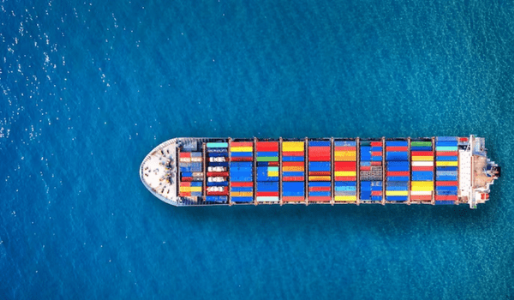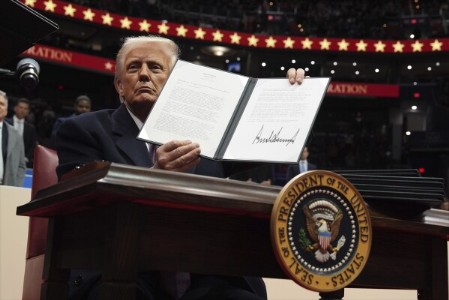Dear chocolate lovers, please pay attention to how cocoa monoculture is leading to mass deforestation!
Total Views |
United Nations, October 2: World Cocoa Chocolate Day is observed on October 1 every year. Chocolate is such a delicious edible which is loved not only by children but grown-ups too. Chocolate is made up of Cocoa which is the identity of Africa. However, in recent times, cocoa cultivation in Africa has created some environmental issues such as deforestation due to monoculture. This news story throws some light on this fact, along with UN initiatives to make cocoa farming more and more sustainable.

Each year, the world consumes close to 3 million tons of chocolate and other cocoa products, and demand goes up by 2-5%. Large amounts of global cocoa production have been noticed to be associated with illegal deforestation and biodiversity losses.
Much of Ivory Coast was densely covered by forests when it achieved independence in 1960, making it prime habitat for forest elephants and chimpanzees. Ivory Coast once boasted one of the highest rates of biodiversity in Africa, with thousands of endemic species. However, the chocolate industry’s sourcing practices have eliminated much of this forest. According to a study conducted by Mighty Earth Investigation, 2,91,254 acres of protected areas in Ivory coast were cleared between 2001 and 2014. In that same time, Ghana lost 7,000 square kilometers of forest, or about 10 percent of its entire tree cover; approximately one quarter of that deforestation was connected to the chocolate industry. Same study reveals that Between 1988 and 2007, 1.7 million acres of Indonesian forest were cleared for cocoa production, equivalent to nine percent of the nation’s total deforestation for crops. Much of this deforestation has destroyed orangutan, rhino, tiger, and elephant habitat.
The UN Environment Programme (UNEP) and partners have been working for many years on projects aimed at making the cocoa industry more eco-friendly and sustainable.
In South America, especially Peru, there has been a nearly five-fold increase in cocoa production between 1990 and 2013. Satellite images in 2012 showed a cocoa company, United Cacao, destroying nearly 5,000 acres of land for a cocoa plantation, encroaching on the carbon-rich, biodiverse Amazon rainforest in Peru.
- Greening the Cocoa Industry: A UN Initiative
Taking account of this horrible fact, the United Nations Environment programme has launched several initiatives towards making cocoa farming more and more eco-friendly and sustainable. The main objective of the 'Greening the Cocoa Industry' objective is to change production and business practices in major cocoa producing countries and chocolate companies, towards conserving biodiversity, providing greater long-term stability to all value chain participants, and increasing income for smallholder farmers.
Globally, the project covers at least 10 per cent of the world’s cocoa production which is 3,50,000 tonnes, farmed on 7,50,000 hectares by 2,50,000 farmers, and addresses the drivers of biodiversity loss, including habitat change and over-exploitation. It also supports the development of certification systems for cocoa best management practices that conserve biodiversity.
Project auditors have certified the compliance of 1,82,362 farms to the Sustainable Agricultural Network standard, for a total of 8,96,654 hectares, including 64,559 hectares of farmland set aside for protection. The project has also contributed to conserve biodiversity in some selected cocoa growing landscapes.
The Sustainable Agricultural Network or Rainforest Alliance cocoa programme has seen much growth over the past five years, with around 1 million hectares of cocoa farmland in 15 countries achieving Sustainable Agricultural Network and Rainforest Alliance certification in 2016. Network and Alliance certified cocoa now comprises 13.6 percent of the world’s cocoa supply, with ever more commitments by large cocoa buyers to source sustainable cocoa.
Greening the Cocoa Industry, a project funded by the Global Environment Facility and implemented by UNEP, covers Brazil, Ivory Coast, Dominican Republic, Ecuador, Ghana, Guinea, Indonesia, Nigeria, Madagascar, Papua New Guinea and Peru, and has full government support in each country.




